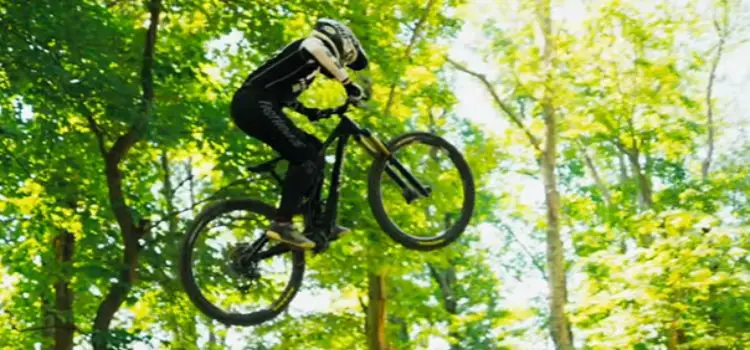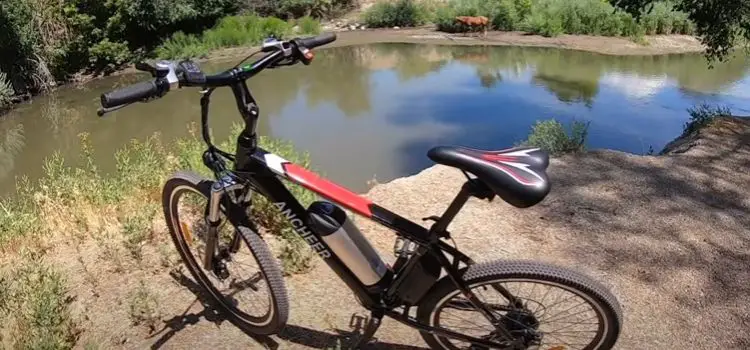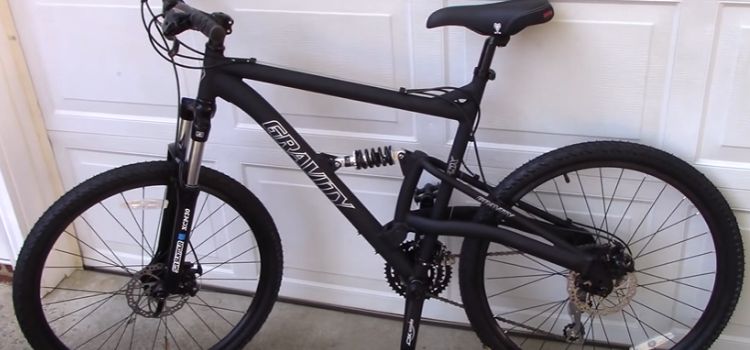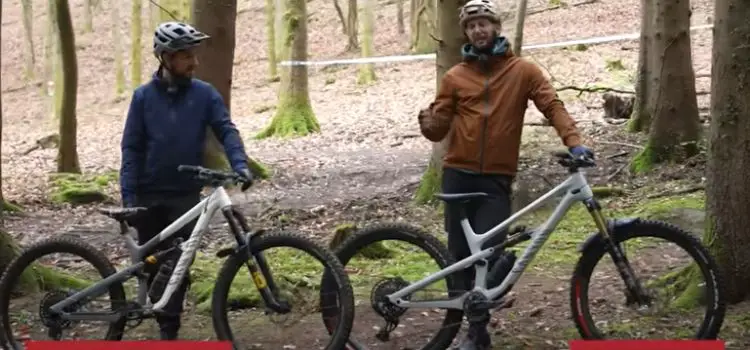Can You Mountain Bike the Appalachian Trail?
As an Amazon Associate I earn from qualifying purchases.
The Appalachian Trail is a rugged 2,190-mile footpath winding through the scenic landscapes of the Appalachian Mountains. It is a haven for hikers seeking an immersive outdoor experience.
However, one question often arises among outdoor enthusiasts: Can you mountain bike the Appalachian Trail (A.T.)?
Let’s explore the nuances of this question and the considerations surrounding the use of bicycles on this iconic trail.

The Footpath Tradition
Since its inception, the A.T. envisions, designs, and constructs itself as a footpath, offering hikers a unique opportunity to connect with nature.
The Appalachian Trail Conservancy (ATC), the nonprofit organization overseeing the trail’s management, emphasizes this tradition and aims to preserve the trail’s natural and cultural integrity.
Bicycle Use Policy
The ATC’s official stance on bicycle use is clear: the A.T. footpath is intended for foot travel. However, the organization recognizes that certain sections of the trail coincide with multiple-use trails, such as the Virginia Creeper Trail and the C&O Canal towpath.
In these cases, the ATC supports federal-agency regulations against bicycle use, with some exceptions under specific circumstances.
Conditions for Bicycle Use on the Appalachian Trail
The Appalachian Trail Conservancy (ATC) outlines conditions for bicycle use on the Appalachian Trail (A.T.) to ensure alignment with the preservation of the trail’s natural, cultural, and experiential resources. These conditions serve as a framework for evaluating and permitting bicycle use on specific sections of the A.T. Here are the detailed conditions:
1. Surface Compatibility
- Limit bicycle use to short sections (generally less than one mile) of the A.T. on existing surfaced or hardened roadbeds, railbeds, or other surfaces designed for wheeled vehicles.
- The selected sections should have surfaces that are not prone to resource damage, displacement of soils or vegetation, or impact to the trail tread, water-diversion structures, or other trail facilities.
2. Coincidence with Established Trails
- Permit bicycle use on segments of the A.T. that coincide with or intersect existing, established multiple-use trails.
- This alignment should ensure a harmonious coexistence of bicycle and foot traffic without compromising the integrity of the trail or the experience of hikers.
3. Physical Restriction
- Bicycle use on the designated segment of the A.T. should be physically restricted to that specific area through the use of signs and barriers.
- The restriction should not require active control or enforcement on adjoining segments of the trail.
4. Minimal Impact on Hikers’ Experience
- Bicycle use should not adversely affect the recreational experience of hikers on the specific section of the A.T. where it is permitted.
- The presence of bicycles should not conflict with efforts by local management partners to maintain a primitive recreational experience for hikers.
5. Temporary, revocable permits
- Authorization for bicycle use on the A.T. should be granted through temporary, revocable permits.
- These permits recognize exceptional circumstances allowing bicycle use and ensure that authorities can revoke authorization if it results in resource damage, adversely affects the hiking experience, or involves illegal use.
6. Monitoring and Enforcement
- Land-managing agencies, in collaboration with the ATC and trail clubs, should actively monitor and enforce bicycle use on the designated sections of the ATC.
- Address any misuse or negative impact promptly, revoking permits if necessary.
By adhering to these conditions, the ATC aims to strike a balance between the preservation of the A.T.’s unique character as a footpath and accommodating bicycle use in specific circumstances that meet the outlined criteria.
Conclusion
The Appalachian Trail stands as a testament to the beauty and diversity of the Eastern United States. While the footpath tradition remains at the core of the A.T., the ATC acknowledges the legitimate recreational use of bicycles in suitable areas.
As outdoor enthusiasts, it is our responsibility to respect and preserve the integrity of this iconic trail. Ensuring that future generations can continue to enjoy the wonders it has to offer, whether on foot or two wheels.
Amazon and the Amazon logo are trademarks of Amazon.com, Inc, or its affiliates.






